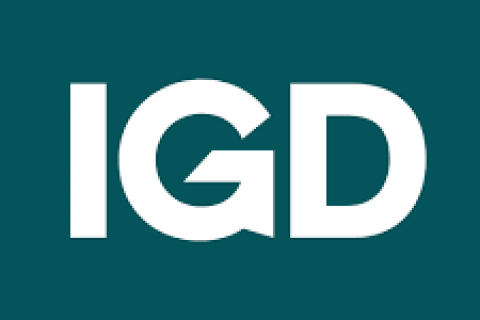
“The hyper-connected store” report from IGD reveals that physical retail is being reinvented, not replaced. Despite widespread predictions of decline, traditional formats — supermarkets, discounters and convenience stores — are expected to retain 94% of global grocery market share by 2029, generating around €8.9 trillion in sales. Crucially, physical stores are forecast to add a further €1.6 trillion between 2024 and 2029 — proof that bricks-and-mortar retail remains essential, provided it embraces transformation.
The “hyper-connected store” puts technology at the heart of retail evolution. Advances in automation, AI, computer vision and robotics are already improving efficiency, reducing labour costs and elevating the shopper experience. IGD identifies three interlinked “power zones” for success: enhanced shopper experiences, empowered store teams and improved operations. Together, they form a digital flywheel that drives profitability, productivity and loyalty.
For suppliers, connected stores promise real-time data on demand, inventory and promotional performance — enabling faster activations, reduced waste and stronger brand execution. Shoppers gain from accurate pricing, product visibility, easier navigation and smoother checkouts. Meanwhile, retailers benefit from unified commerce, linking stores, ecommerce, loyalty, and data platforms into one seamless ecosystem.
Says IGD, omnichannel shoppers spend two to four times more than single-channel customers — reinforcing the importance of integration.
The report closes with a call to leadership: appoint a store digitalisation lead, redesign stores around profitability, unify data, and upskill managers in digital fluency. For Europe’s private label sector, the message is clear — collaboration, data sharing and innovation will determine who wins in the era of the hyper-connected store.
